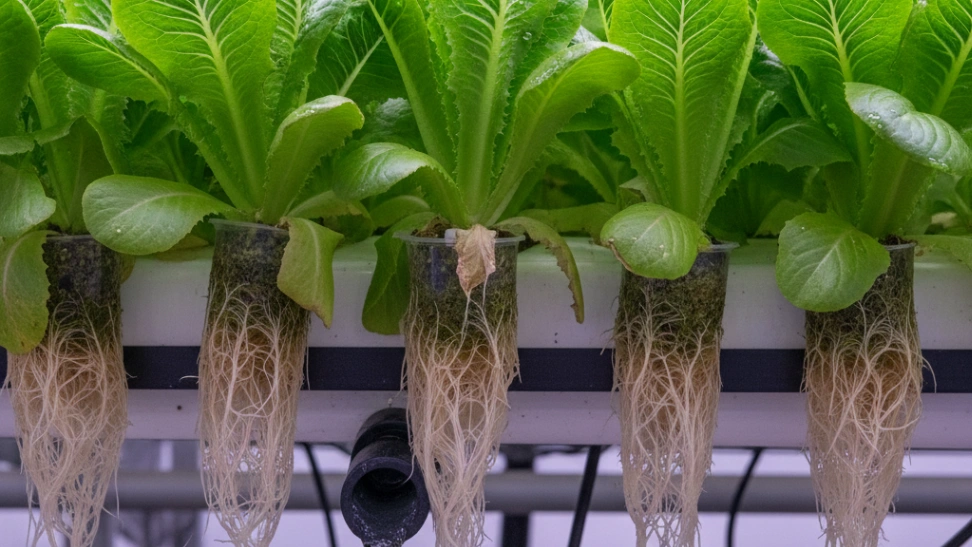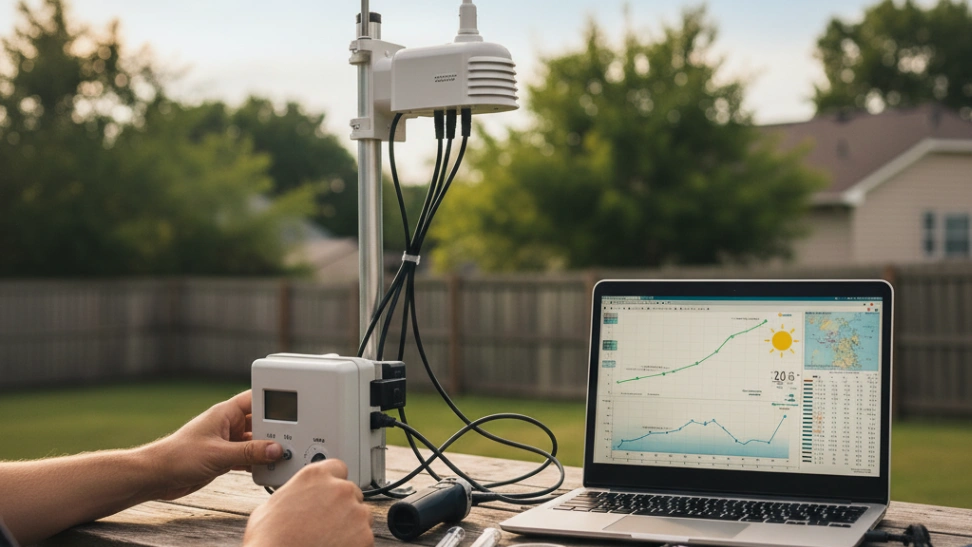The origins of hydroponics can be traced back to ancient civilizations, though not in the scientific sense we understand today. The Hanging Gardens of Babylon, one of the Seven Wonders of the Ancient World, are often cited as an early example of a sophisticated plant cultivation system that might have utilized some form of hydroponic principles, possibly employing irrigation systems that flowed over tiered structures. Similarly, the Aztecs developed "chinampas" – floating gardens on lake beds – which were essentially rafts covered with soil where crops grew, drawing water and nutrients from the lake below. While not strictly soil-less, these early innovations demonstrated an understanding of plant needs beyond mere ground cultivation. Modern hydroponics began to take shape in the 17th century with Francis Bacon’s work "Sylva Sylvarum," which detailed methods of growing terrestrial plants without soil. However, it wasn't until the 19th and early 20th centuries that serious scientific research began to define the essential mineral nutrients required for plant growth and to develop specific water-based nutrient solutions. The term "hydroponics" itself was coined in 1937 by Dr. William F. Gericke of the University of California, Berkeley, who popularized the method as a viable alternative to traditional agriculture. His early experiments with growing massive tomato plants purely in nutrient solutions captivated public interest and paved the way for widespread research and adoption. During World War II, hydroponics played a crucial role in supplying fresh produce to troops stationed on non-arable islands in the Pacific, showcasing its practical utility on a large scale.
Today, hydroponics encompasses various techniques, each suited for different plants and scales. Deep Water Culture (DWC) involves suspending plant roots directly in a nutrient solution, often with an air stone to provide oxygen. Nutrient Film Technique (NFT) uses a shallow stream of nutrient solution flowing over the roots. Wick systems are passive, drawing nutrients up to the plant via a wick. Ebb and Flow (or Flood and Drain) systems periodically flood the growing tray with nutrient solution and then drain it. Aeroponics, an advanced form, mists the plant roots with a nutrient solution. Each system has its advantages and challenges, but all share the common goal of providing plants with a precisely controlled diet directly to their root zone. This precision allows growers to optimize for specific plant stages, leading to accelerated growth and healthier plants free from many soil-borne pests and diseases. Furthermore, the closed-loop nature of many hydroponic systems dramatically reduces water consumption, often by 70-90% compared to traditional farming, making it an environmentally friendly choice.
The hobbyist embracing hydroponics finds themselves at the intersection of botany, chemistry, and engineering. Success hinges on maintaining the perfect balance of pH levels, nutrient concentrations, and environmental factors such as light, temperature, and humidity. Understanding how different plants respond to specific nutrient profiles and light cycles is key. While the initial setup might seem daunting with pumps, timers, and reservoirs, countless resources are available to guide beginners through building simple, effective systems. From growing a few herbs on a kitchen counter to setting up a multi-tiered vegetable garden in a spare room, hydroponics scales to fit various ambitions and spaces. The satisfaction of harvesting fresh, homegrown produce, knowing exactly what went into its cultivation, is immense. It’s a continuous learning process, with each successful crop offering insights and encouraging further experimentation and optimization.
Beyond the immediate gratification of growing food, hydroponics fosters a deeper connection to the science of life and sustainability. It encourages critical thinking and problem-solving, as growers learn to diagnose plant issues and adjust environmental parameters. The hobby provides a unique vantage point into plant physiology, turning a simple act of gardening into a scientific endeavor. Many enthusiasts are drawn to hydroponics not just for the yield but for the intellectual challenge and the satisfaction of building and maintaining a thriving ecosystem. It's a journey into understanding the intricate needs of plants and mastering the technology to meet those needs, leading to a profound sense of accomplishment and a constant supply of fresh, healthy produce, often throughout the entire year, regardless of external climate conditions. The ability to grow specific, even exotic, plant varieties that might not thrive in local soil or climates is another compelling aspect that draws many into this innovative form of cultivation.



